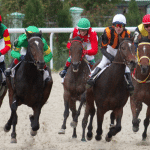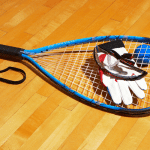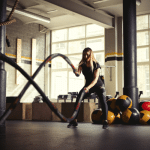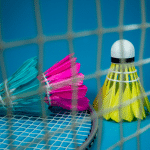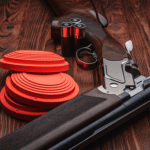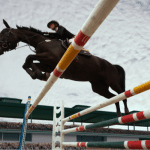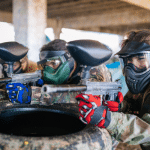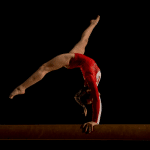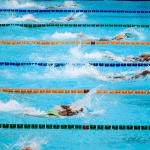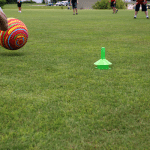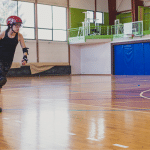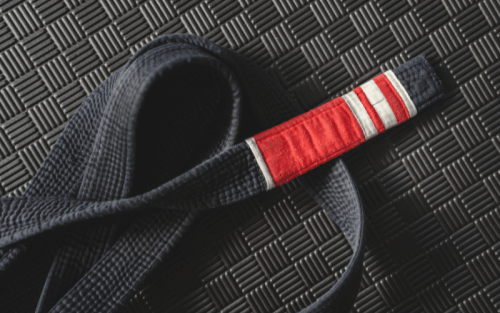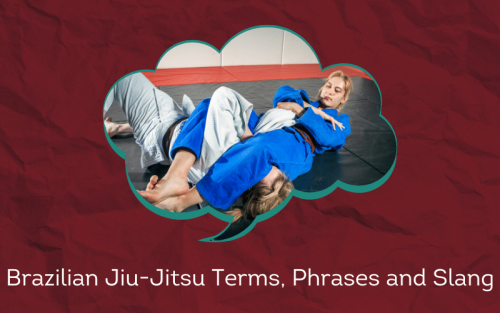Ever tangled with the idea of mastering the mat?
It’s the slick submission skills and the essential equipment that forge Brazilian Jiu-Jitsu legends.
Suit up and roll out—we’re grappling with the ultimate BJJ gear checklist. Ready to choke out the challenge?

For BJJ Practitioners:
- Gi (for Gi classes)
- Rash Guard and Board Shorts (for No-Gi classes)
- Belt (colored according to rank)
- Mouthguard (optional)
- Water Bottle
For Coaches:
- Mats (Tatami or similar)
- First Aid Kit
- Instructional Materials (technique books, videos)
- Scoring System (for competitions and sparring)
For Facilities:
- Mat Area (large enough for class size)
- Changing Rooms and Showers
- Seating for Observers
- Equipment Cleaning and Storage Area
Table of Contents
Equipment for Brazilian Jiu-Jitsu Practitioners
#1 Gi (Kimono)

The Gi, or kimono, is the traditional uniform worn in Gi classes and competitions. It’s designed to withstand rigorous grappling and enables specific techniques such as collar chokes and fabric grips, which are integral to the art of Brazilian Jiu-Jitsu.
#2 Rash Guard and Board Shorts
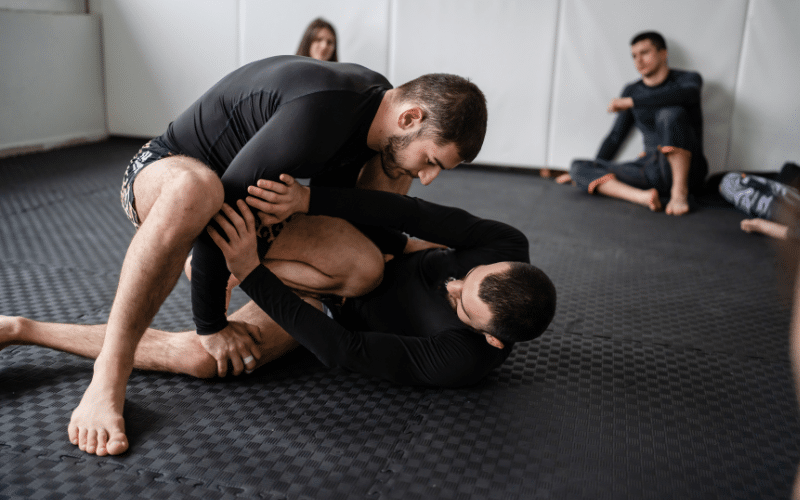
For No-Gi classes, practitioners wear rash guards and board shorts, which are tight-fitting and flexible. Rash guards help reduce friction on the mat and prevent mat burn, while board shorts offer freedom of movement during dynamic maneuvers.
#3 Belt
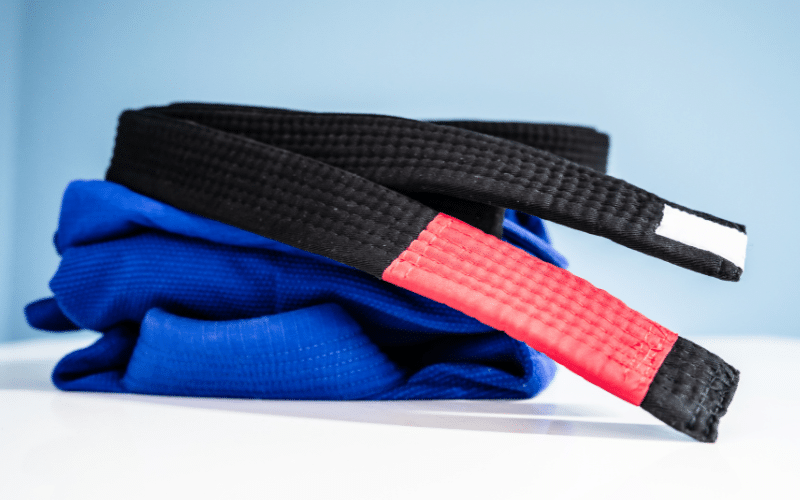
A colored belt represents a practitioner’s rank in Brazilian Jiu-Jitsu, signifying their expertise and progression in the sport. It is also an essential component of the Gi, used to secure the jacket and sometimes utilized during techniques in training and competition.
#4 Mouthguard
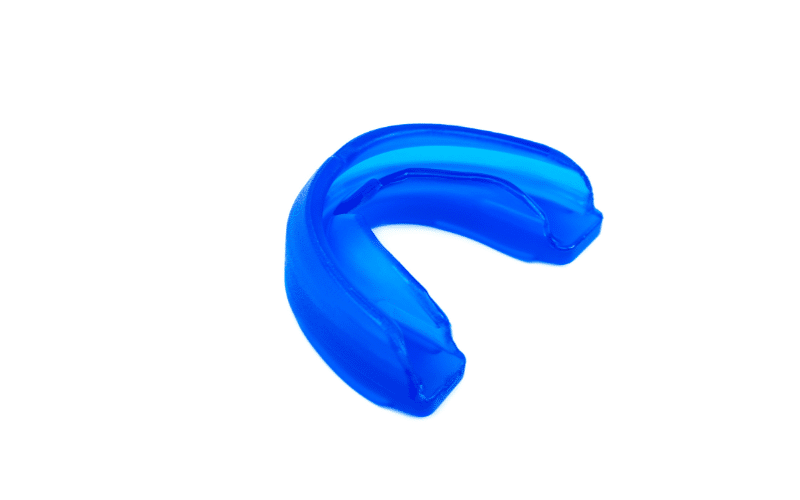
Although optional, a mouthguard is a protective measure that safeguards the teeth and jaw during sparring. It dissipates the force of impacts and reduces the risk of oral injuries, allowing practitioners to engage confidently in close-contact training.
#5 Water Bottle

Hydration is critical to maintain peak performance and recovery in Brazilian Jiu-Jitsu. Practitioners must have a water bottle at hand to replenish fluids, stay hydrated, and keep their bodies functioning efficiently during intense training sessions.
Equipment for Coaches and Teams
#1 Mats (Tatami or similar)
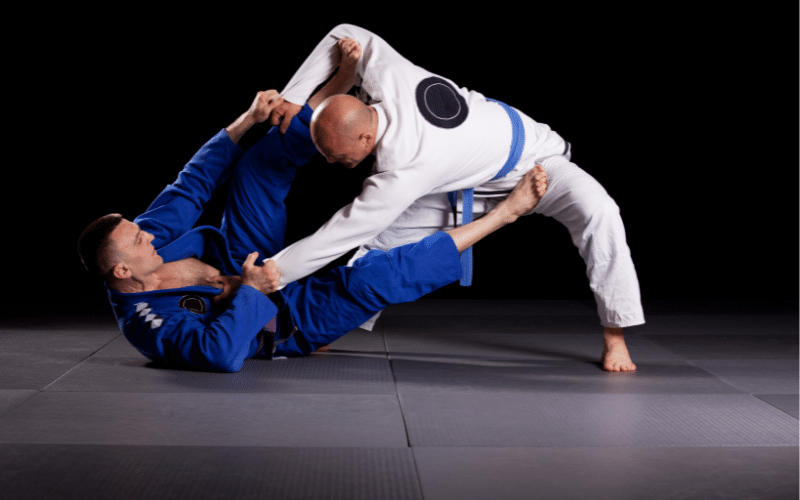
High-quality mats, such as Tatami, are crucial for safety in Brazilian Jiu-Jitsu training and competitions. They cushion falls and reduce the risk of injuries, providing a comfortable and secure surface that’s essential for both learners and advanced practitioners to execute techniques effectively.
#2 First Aid Kit

A well-stocked first aid kit is essential for managing unexpected injuries in martial arts. It equips coaches with the necessary tools to promptly address cuts, bruises, or more serious concerns, facilitating swift action to ensure the health and safety of all participants.
#3 Instructional Materials (technique books, videos)
Instructional materials such as technique books and videos are indispensable for coaches to refine their teaching and for practitioners to enhance their understanding of Brazilian Jiu-Jitsu. These resources provide valuable insights into advanced techniques and strategies, fostering continuous learning and skill development.
#4 Scoring System (for competitions and sparring)
An accurate scoring system is vital for Brazilian Jiu-Jitsu competitions and sparring sessions. It provides a transparent and reliable way to judge performance, recognize skill, and ensure that the competitive spirit of the martial art is upheld with fairness and clarity.
Equipment for Facilities
#1 Mat Area
A sufficiently large mat area provides the foundation for safe and effective Brazilian Jiu-Jitsu training. The mats must accommodate the class size, enabling both drills and sparring without risking injury from falls or collisions. The quality of the matting influences both comfort and performance, which is why it’s integral to any BJJ facility.
#2 Changing Rooms and Showers
Changing rooms and showers offer privacy and hygiene for practitioners before and after training. They are essential for participants to transition from street wear to workout gear and to maintain cleanliness, reducing the risk of skin infections prevalent in close-contact sports.
#3 Seating for Observers
Seating areas for observers, including family, friends, or potential students, are crucial. They serve as a place for guests to watch classes and events comfortably, fostering a welcoming environment and promoting the sport’s community aspect.
#4 Equipment Cleaning and Storage Area
A dedicated area for the cleaning and storage of equipment ensures that hygiene standards are maintained, prolonging the life of the equipment and safeguarding practitioners’ health. Proper storage solutions keep training areas tidy and organized, streamlining management and upkeep of the facility.
Once you’ve got your gear sorted, immerse yourself in the culture and community of the sport by tuning into the best Brazilian Jiu-Jitsu podcasts.

FAQ
What is the equipment you need to play Brazilian Jiu-Jitsu?
A gi (kimono), a rash guard, and a belt are the equipment you need to play Brazilian Jiu-Jitsu. These essential items uphold the traditions and functionality required for training and competition.
What is the most important equipment in Brazilian Jiu-Jitsu?
The gi (or kimono) is the most important equipment in Brazilian Jiu-Jitsu, as it is used for grip and leverage, which are fundamental aspects of this martial art.
What is a recommended list of Brazilian Jiu-Jitsu equipment for beginners?
Here’s a recommended list of Brazilian Jiu-Jitsu equipment for beginners: a comfortable and durable gi, a white belt, a rash guard, shorts for no-gi grappling, and a mouthguard for protection. These items provide the essentials to start training safely and effectively.












